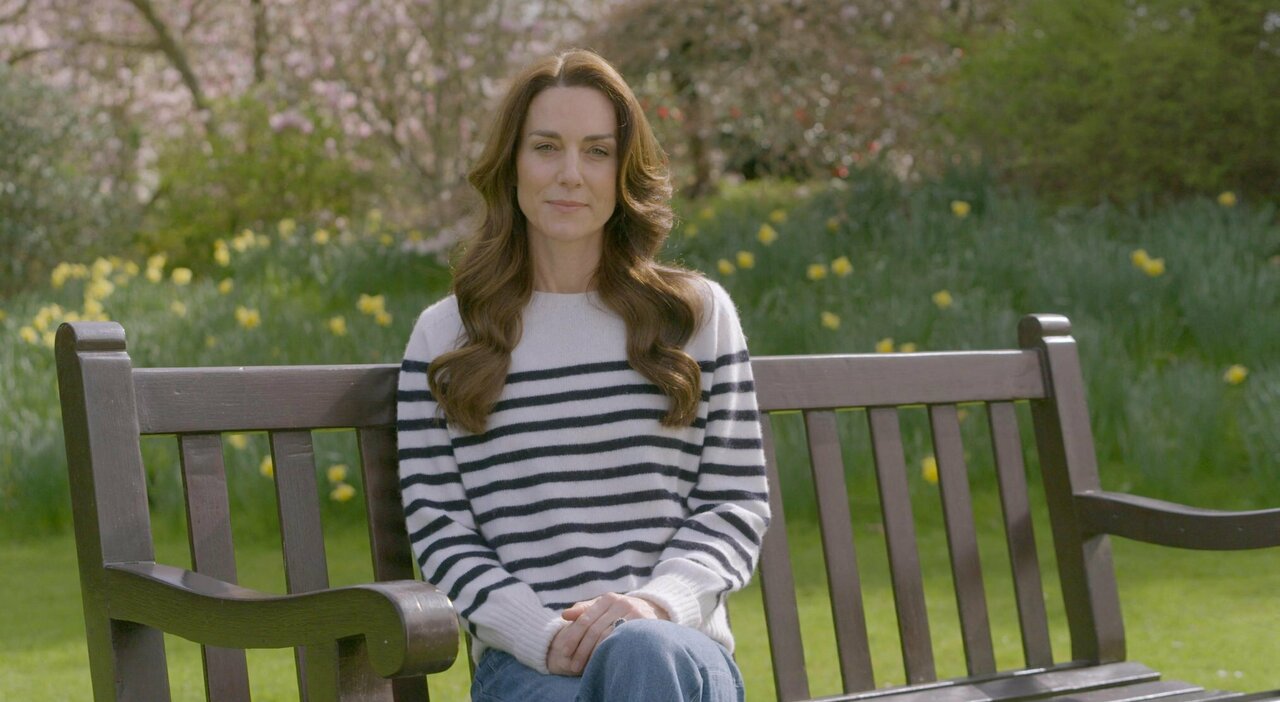Kate Middleton, Princess of Wales, announced on Friday that she has undergone preventative chemotherapy treatment for a cancer diagnosis. “I had major abdominal surgery in London in January and at the time my condition was thought to be non-cancerous,” she shared on X. “The surgery was successful. However, tests carried out after the operation revealed that cancer was present. My medical team then advised me to undergo a course of preventative chemotherapy and I am now in the early stages of that treatment.”
What is preventive chemotherapy
Much remains unknown about the princess’s specific diagnosis and treatment plan. In the meantime, here’s what to know about preventative chemotherapy. “Preventive chemotherapy is not so much a technical term — it’s a lay term — and is more like adjuvant treatment, which means ‘additional,’” says Dr. Ginger Gardner, a gynecologic oncologist at Memorial Sloane Kettering Cancer Center and president of the Foundation . for women’s cancer, she tells Yahoo Life. “This umbrella term could be applied to a situation where a tumor has been removed and yet doctors want to provide some treatment coverage” to prevent the cancer from returning.
Kate, the video in jeans and a striped sweater: the princess offers herself again as an example for her subjects
It could also be used to prevent recurrence after a tumor has been destroyed by radiation therapy. When someone is prescribed preventative chemotherapy, this typically suggests that there is no visible cancer left after surgical removal or radiation treatment and no evidence that the cancer has spread to other parts of the body – in other words, that the cancer was not metastatic. However, even if a cancerous tumor has been completely removed or destroyed, cancer cells can break off from primary tumors and move to other parts of the body, and cells too small for doctors to see may still persist. A course of preventative chemotherapy – which can come in the form of pills or an IV – could be used to “reduce the risk of any microscopic cells coming back,” says Gardner.
Chemotherapy is not the only way to do this, but it is one of the most effective and commonly used. Other preventative treatments include hormone therapies that can cut off the fuel supply to hormone-driven tumors (such as some types of breast cancer), radiation therapy, immunotherapy, and targeted therapies, which block the cancer’s nonhormonal factors.
Kate Middleton and cancer, thaw between Harry and Meghan? The Sussexes and the phone calls to William and the princess: the signs
The side effects
Preemptive chemotherapy is not necessarily given at a lower dose than a typical course used to treat existing cancer. Therefore the potential side effects are the same, although they vary depending on the specific type of cancer, the goals of the treatment and the drug used. In general, side effects may include: nausea, tiredness, hair loss, neuralgia, diarrhea or constipation, anemia (i.e., low number of red blood cells), brain fog (often called “chemo brain”), skin changes, and of the nails.
The duration of treatment
According to the Mayo Clinic, treatment may last as little as a few weeks or continue for up to 10 years. However, adds Gardner, “cancer is not just one disease,” which means that the type, duration and dose of chemotherapy are carefully chosen based on the type of cancer, its stage and biology, as well as what is best for the patient’s quality of life. life. Whether and for how long someone undergoes preventative chemotherapy and how effective the therapy will be depends on the type of cancer they are being treated for. The treatment has proven effective, for example, in preventing breast and colon cancer from recurring. The effectiveness of chemotherapy when used in this way also depends on the stage of the cancer, whether the disease is hormone-dependent, and whether it has spread to any lymph nodes. In some cases and for some tumors, doctors do not recommend preventive chemotherapy at all. “If there’s enough benefit from adjuvant therapy to maintain a long-lasting remission, then it’s worth having some side effects,” says Gardner, “but if based on the clinical picture someone isn’t going to benefit from this type of therapy, then it’s not worth it. punishment and it is in this balance that we make decisions about adjuvant treatment.” In the case of the Princess of Wales “whatever it is, the fact that she took preventative measures regarding something that was supposed to be benign and, from what she said, she Once the disease has been eliminated, it seems to suggest that everything is under control. And this is important”, concludes Gardner.
© ALL RIGHTS RESERVED
